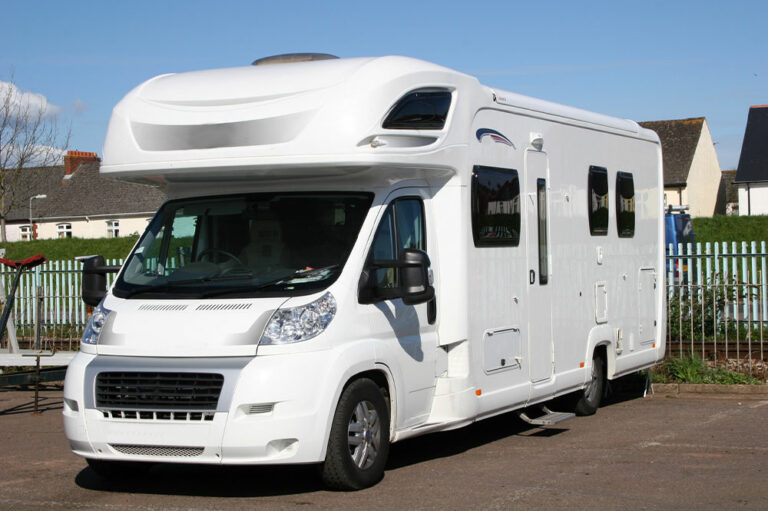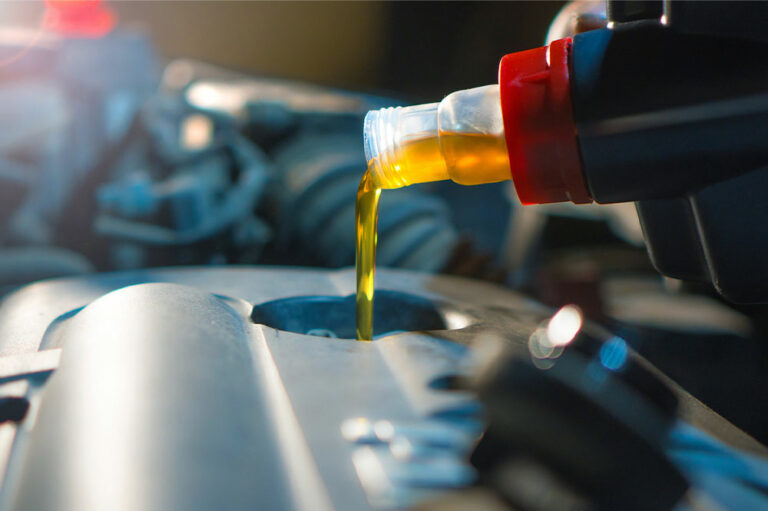
auto
Avoid making these e-bike buying mistakes
E-bikes are designed to offer the best of both worlds, the comfort of a regular bicycle coupled with the performance of an electric motor to enhance speed. You can switch between these modes to pedal on straight roads and use the electric motor to drive up gradients without having to exert much effort. These bikes are a premium investment built for more than your casual traveling needs. But here are a few pitfalls to avoid while purchasing an e-bike. Going for a low-end e-bike There will be cheap knockoffs that you can buy online or even from unverified vendors. But it is never safe to buy such vehicles as they might be poorly constructed and not safe to drive at high speeds. Never skimp on the quality of construction, and it’s best to buy from reputed brands that take safety measures seriously for making the e-bike roadworthy. Not checking the specifications The battery, motor, brakes, and other electronic components that control the e-bike are all crucial parts that work together and impact overall performance. You must pay attention to the build quality and types of parts installed to understand the capabilities of your new vehicle. Having high expectations Battery power is the driving force behind e-bikes. That means these vehicles can drive for a limited range and achieve a very low peak driving speed. You need to be realistic about how far you can stretch out the bike’s performance before something breaks. These bikes cannot climb steep gradients and don’t have gears that can switch the output to manage different inclines. So don’t try to push the bike’s performance. Not checking the brakes and battery Mechanical brakes require more power, and it takes the bike a lot more distance to stop. Hydraulic brakes are more efficient as they can better manage the speed to quickly come to a complete stop.










